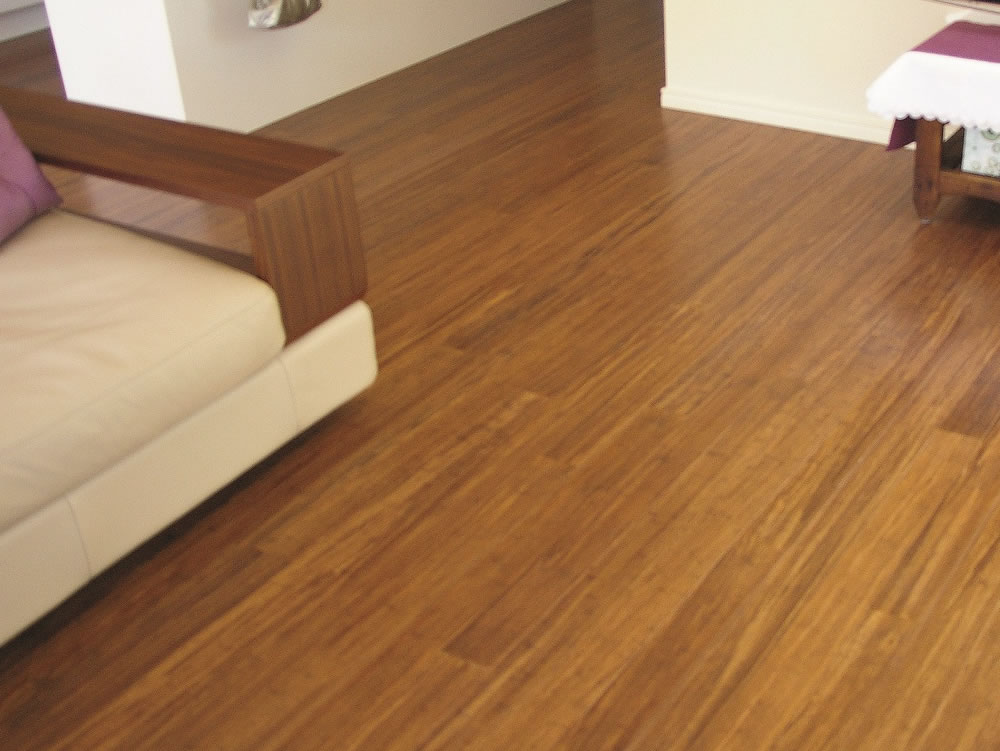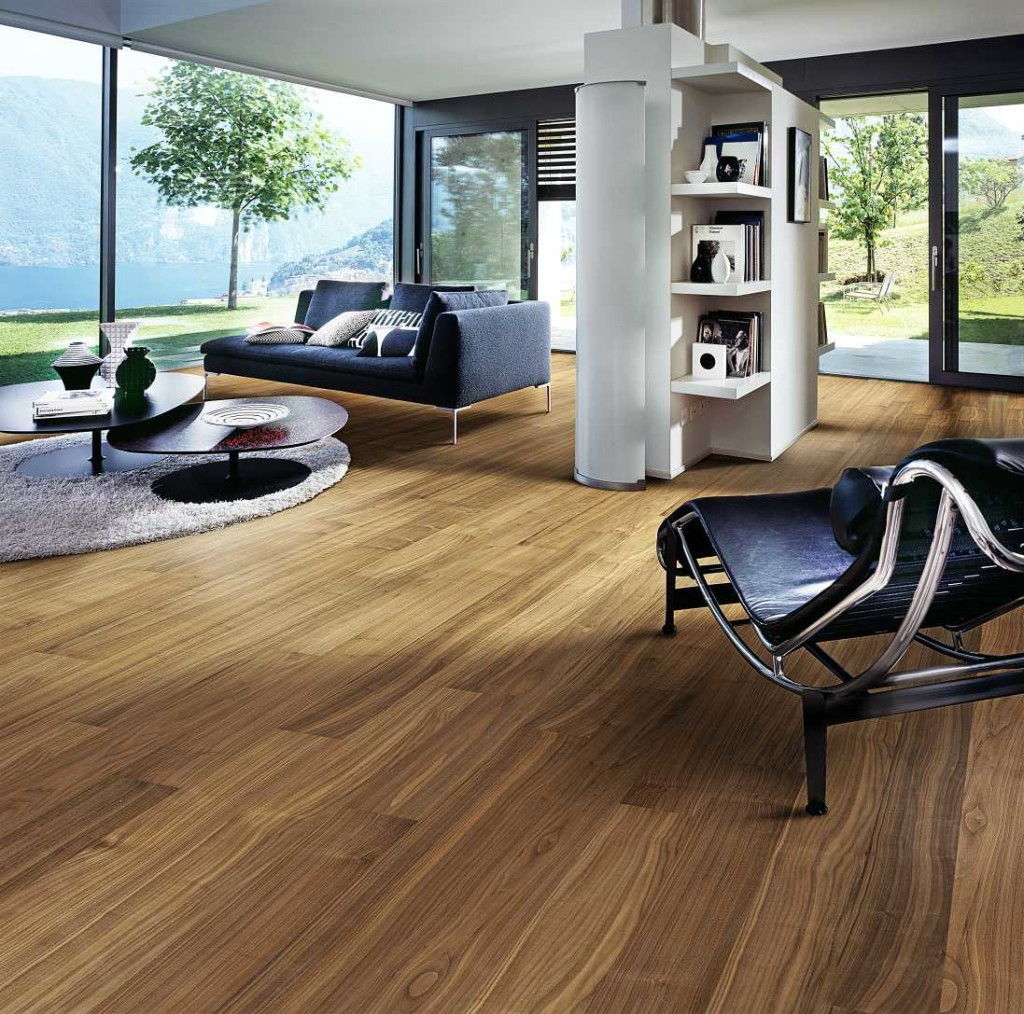Everything You Should Know about Bamboo Flooring
Everything You Should Know about Bamboo Flooring
Blog Article
On this page in the next paragraph you can locate additional reliable information and facts pertaining to Bamboo Flooring.
Bamboo flooring is popular for many homeowners due to its benefits. It has ended up being the significant choiced flooring for organization and homeowners whenever there is requirement for sustainability.
Bamboo simply like timber, is susceptible to dents and breaking when moisture levels rise and fall.
Are you believing regarding bamboo flooring for your house? Matter yourself fortunate due to the fact that this short article will reveal you whatever you require to know. We will review its features to think about. We will certainly also talk about the different sorts of bamboo flooring readily available on the market. Keep analysis!
Sorts Of Bamboo Flooring
There are 3 fundamental options: strand-woven, upright, and horizontal. Property owners can choose which sort of bamboo flooring to get based on their traits. Also, the purchaser's designated aesthetic effects the selected Bamboo flooring type.
Solid - Vertical Bamboo Flooring
Slim strips of dry bamboo timber glued up and down and pushed using high warmth as well as pressure develop this kind of bamboo flooring.
The thinnest side of the bamboo slabs will remain in an upright form. A firm bonding, pressing, and also lamination will adhere to. Due to their technique of signing up with, the bamboo strips include a slim grain pattern.
The good thing concerning this kind of bamboo flooring is that it is durable as well as extremely cost effective. Likewise, it offers a classy as well as elegant flooring surface. Yet it is not commonly available.
Strong - Straight Bamboo Flooring
You will observe that this kind is nearly the same as upright bamboo flooring. It has a small variation. Horizontal bamboo is one of one of the most prominent kinds of bamboo flooring.
It is made by drying out substantial strips of bamboo, slicing these larger pieces right into thinner strips, and after that gluing them to create planks. The boards will then be subject to pressure and warm to ensure they are well attached.
Natural bamboo has a lighter color. Therefore, the strips are commonly stained. While carbonized bamboo will be much less tough than normal bamboo, if you need a darker color, it might do you great. It also gives the natural bamboo looks as well as a selection of choices.
Strand Woven Bamboo Flooring
Shredding the bamboo to draw out the fibers is among the extra luring steps in creating strand-woven bamboo floors.
The bamboo fiber is typically mixed with a glue after it's made to a pulp. The material is then knitted as well as pressed together under wonderful warmth, as the name suggests.
After making straight as well as vertical bamboo, the strips offer to produce strand woven bamboo. The eco-conscious buyer may find this feature appealing. The factor is that it ensures that the whole bamboo stalk creates really little waste.
Engineered Bamboo Flooring
Both strong and engineered bamboo flooring options are readily available. Once the bamboo wood fits, it isn't easy to distinguish between them.
However their distinctions result from their making. For example, crafted bamboo wood has a thin plywood backing.
But, whether engineered or solid, bamboo flooring is tough, resistant, and attractive.
Engineered bamboo flooring uses the drifting timber flooring over a slim foam base. They may additionally be in the type of broad planks. They are offered in sizes up to 19 centimeters.
Attributes And Also What to Remember When Picking Bamboo Flooring
With a multi-layered coating, bamboo flooring will be pretty long lasting. Maintain in mind that future touch-ups could need an extra skilled flooring professional.
Also, using your coating will certainly make matching repair work simpler as soon as set up in your home. Yet the finish will not last as long as manufacturing facility finishes.
Aside from that, below are some amazing features of bamboo flooring.
Durable
Bamboo flooring is not created equivalent. There are several sorts of bamboo, and also the numerous approaches made use of to transform it right into slabs affect its sturdiness.
Therefore, bamboo, like wood flooring, can come to be susceptible to tear and also wear with time. Scraping, breaking, and also other wear and tear might occur. You can likewise sand some bamboo to resemble hardwood, yet not all.
Inexpensive Upkeep
You can maintain bamboo flooring in good condition by cleansing and also damp wiping. So regardless of being much more susceptible to scrapes, bamboo flooring is really basic to preserve.
You might obtain bamboo floors that are just as good as new by sanding them down and also applying a fresh coat of paint.
Eco-Conscious
This flooring originates from a natural plant called the bamboo plant. So when contrasted to other tree varieties utilized to make wood flooring, bamboo expands more and quicker.
Bottom Line
It's straightforward to know why bamboo flooring has actually come to be a lot more popular nowadays. For practically any type of house, bamboo offers many solid and also audio remedies for the atmosphere. For that reason, bamboo flooring might be the best option for upgrading your flooring.
We will certainly additionally discuss the various types of bamboo flooring available on the market. Property owners can choose which type of bamboo flooring to buy based on their attributes. Horizontal bamboo is one of the most prominent types of bamboo flooring.
While carbonized bamboo will be less tough than regular bamboo, if you require a darker shade, it may do you good. After making horizontal as well as vertical bamboo, the strips offer to produce strand woven bamboo.
Bamboo Flooring
Manufacture of Bamboo Flooring
Stranded bamboo is made by shredding the bamboo stalks into small strands, which are compressed into sheets using heat and resin binders, then cut into planks to use as building materials. This form of flooring is available both as tongue-and-groove planks that are nailed down, as well as planks that float over the underlayment. This is a premium form of bamboo flooring, available in many colors.
Horizontal bamboo flooring is manufactured by cutting the strands into thin strips which are then glued together to form planks. This type of flooring has a "grain," since the long stalk fibers are visible in the flooring. This type of bamboo is not as hard or durable as stranded bamboo, but it can have a very striking appearance. It, too, is available both in nail-down planks and as floating floor planks.
Engineered bamboo flooring is made by bonding a thin layer of bamboo onto a plywood or MDF core. This flooring is comparable to engineered hardwood and is installed in the same way—usually with click-lock planks that float over a foam underlayment. It is the least expensive (and least durable) form of bamboo flooring, and it cannot be refinished.
Unless it is stained, most bamboo flooring has a natural blonde or amber color that resembles unfinished maple or birch, but darker tones are available through a process called carbonizing, which entails subjecting the planks to high temperatures. While the color can be very attractive, carbonized bamboo is softer than uncarbonized forms, and is more susceptible to scratching.
Eco-Friendliness
Environmentally conscious consumers are often drawn to bamboo as a wholly renewable resource. Unlike the hardwood lumber industry, where trees can take decades to mature, bamboo stalks grow so fast that there is little environmental liability to the harvest practices. Moreover, bamboo stalks that are cut simply continue to grow and replenish themselves so that they can be harvested.
But the manufacturing process creates other environmental concerns. Bamboo floor planks are manufactured by slicing or shredding the stalks of bamboo grass plants and then compressing the pulp back together using heat, pressure, and a resin-based adhesive identical to those used in many other flooring products. This adhesive often contains urea-formaldehyde that can outgas into the air.1
The level of adhesive used and the amount of toxins emitted will vary, depending on how the bamboo planks are manufactured. Cheaper products may contain more formaldehyde, while more expensive products may use alternative materials in the resins. The amount of formaldehyde used in bamboo flooring is similar to that found in engineered hardwood flooring or MDF sheathing, and it tends to be a problem only for sensitive individuals.2 But if this concerns you, look for bamboo products labeled as formaldehyde-free.
Bamboo Flooring Cost
This material is priced at about the same level as most hardwood floors. You can find bamboo flooring products ranging from about $2 to $8 per square foot, with a national average of $3.84 per square foot. Installation costs for bamboo flooring are much the same as for hardwood flooring. On average, figure on adding about $4 per square foot for installation labor in addition to the cost of materials. You should be able to get a good-quality bamboo installed for less than $10 per square foot, including materials and labor.
https://www.thespruce.com/benefits-and-drawbacks-of-bamboo-floors-1314694

I am very eager about How To Install Bamboo Flooring and I am hoping you liked the entire blog posting. If you liked our blog entry if you please be sure to pass it around. Thanks a bunch for your time. Please visit our website back soon. Report this page